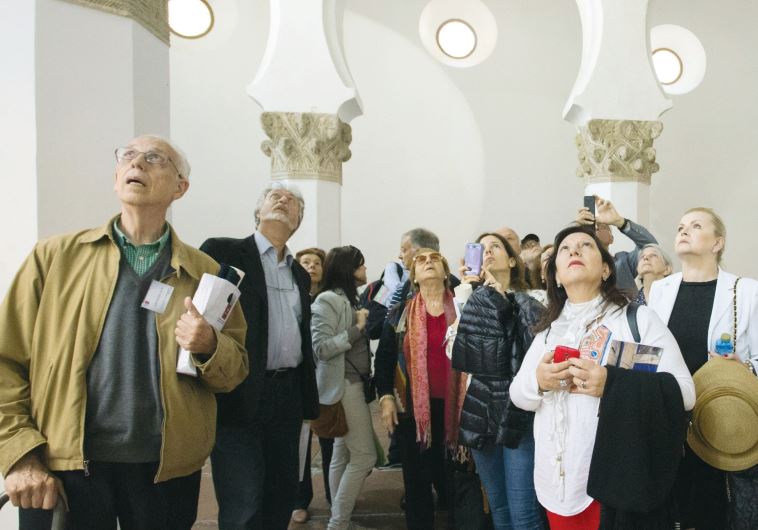The Sephardi mystique
When reading modern Jewish history, it often seems that Sephardi Jews and other Jews from Arab and Islamic lands are simply “off the radar.”
 Heads of Sephardi Communities visit a former synagogue, during the third Erensya Summit.(photo credit: PEPE MENDEZ)
Heads of Sephardi Communities visit a former synagogue, during the third Erensya Summit.(photo credit: PEPE MENDEZ)